Plasmons are the collective oscillations of metal-conducting electrons when an energetic electron passes through them. If these electrons are inside the volume of a metal, they are called volumetric plasmons.The reason for this naming was the similarity of these oscillations of electrons with the oscillations of the particles of the plasma environment.surface plasmon resonance nanoparticles on the surface show a strong red color.

Is it more profitable to buy surface plasmon resonance nanoparticles from Iran?
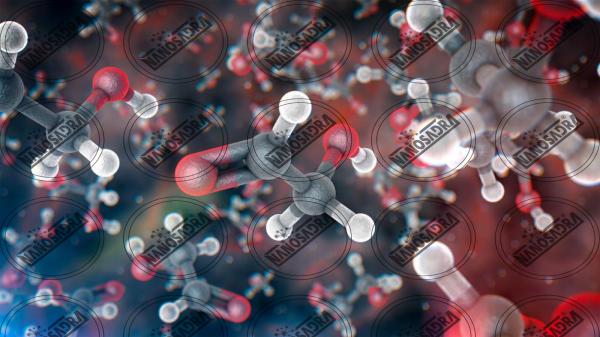 We describe the sales market and the price of surface plasmon resonance nanoparticles in Iran by introducing a company.
We describe the sales market and the price of surface plasmon resonance nanoparticles in Iran by introducing a company.
Nano Mabna Iranian Company, with a knowledge-based production license, was established in 2012. The company’s main activities are designing and manufacturing UV-VIS spectroscopic laboratory equipment, fluorescence spectroscopy, water analyzer, plate reader, ELISA reader, nanodrop, intensification of surface nanoparticle plasmon (LSPR), tungsten halogen lamp light sources and deuterium lamp, nano Biosensors, gold nanoparticles and gas analyzers (CO2, CH4,….) Are based on NDIR and NDUV technologies. The company offers its products with a two-year warranty and 10 years of after-sales service. Nano Mabna Company has succeeded in selling its products to more than 20 universities and research centers in different periods of the exhibition made in Iran. Equipment of the company’s products.
What are the best types of Iranian surface plasmon resonance nanoparticles?
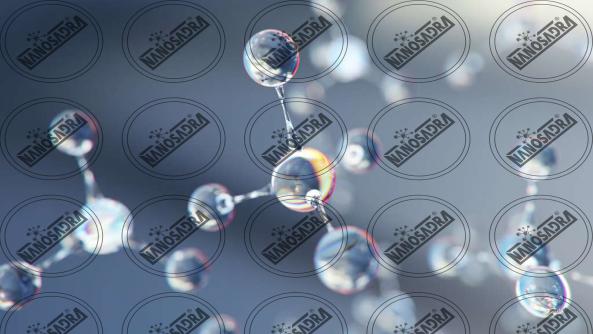 Silver plasmon resonance nanoparticles have many applications in Iran and around the world.
Silver plasmon resonance nanoparticles have many applications in Iran and around the world.
With its antimicrobial properties, nanoparticles have found many applications in the healthcare, plastics, and food packaging industries. It is also used in electronics, conductors, touch screens, and more.Currently, 80% of nanoparticles are used as antimicrobial agents. Activists in the pharmaceutical industry, food packaging, textiles, detergents, solar cells, electrical appliances, sensors, etc., are able to use silver nanoparticles to create new business opportunities.
Global applications of nanosilver
Additive: Additives are used in applications such as disinfectants and detergents where nanoparticles are added to the raw material in powder or colloidal form.
Coating: In some applications, nanoparticles are used as a surface coating to antimicrobial the product, such as the coating of widely used accessories or the coating of medical tools and equipment.
Masterbatch: Another type of nano-silver used in products is masterbatch, which is used to produce polymeric and antimicrobial plastic products.
Plasmon also plays an important role in the optical properties of metals, which, depending on the intended application, adjust the frequency of the light we want to illuminate with the plasma frequency to intensify. In most metals, the plasma frequency is drawn to the ultraviolet region, so these metals reflect light in the visible region and are therefore bright and shiny.
Export date surface plasmon resonance nanoparticles in Iran in last 5 years
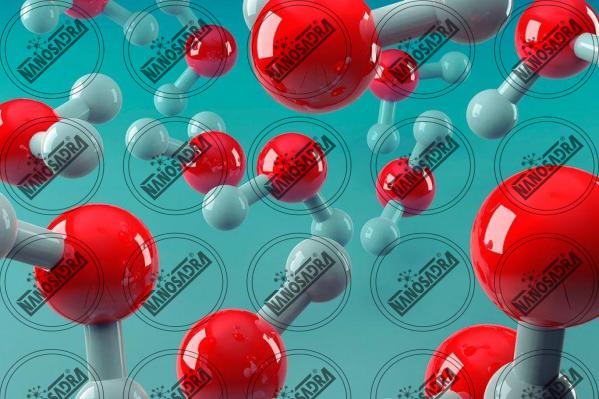 Iranian scientists are always looking to discover new applications of surface plasmon resonance nanoparticles, which will definitely lead to plasma resonance nanoparticles for example:
Iranian scientists are always looking to discover new applications of surface plasmon resonance nanoparticles, which will definitely lead to plasma resonance nanoparticles for example:
The use of plasmon in metals is not very useful because its energy is rapidly weakened. The reason for this is the resistance of the metal. That’s why researchers are looking for alternatives to making plasmonic sensors.Researchers at the nanostructured spectroscopy laboratory used calculations to study the quantum mechanics equation of the material. They solved this equation and finally proposed a quantum model to predict graphene plasmonic behavior. The results of this calculation led to the creation of a surface plasmon emission diode (SPED), a device made using graphene. The device is similar to a laser and is able to produce convergent rays. In this device, particles are emitted using a surface plasmon, while in a photon laser it is produced. In fact, the difference between a laser and an SPED is that the former produces a photon and the latter a plasmon.
Researchers at the project have shown that SPED can be a good tool for identifying single molecules. Such sensors can easily detect organic molecules.
Expensive surface plasmon resonance nanoparticles in Iran are metal nanoparticles such as gold and silver. surface plasmon resonance nanoparticles for sale are available for sale in Iran and are even exported to foreign countries. Wholesale surface plasmon resonance nanoparticles near me are sold near my hometown in the city where I live.

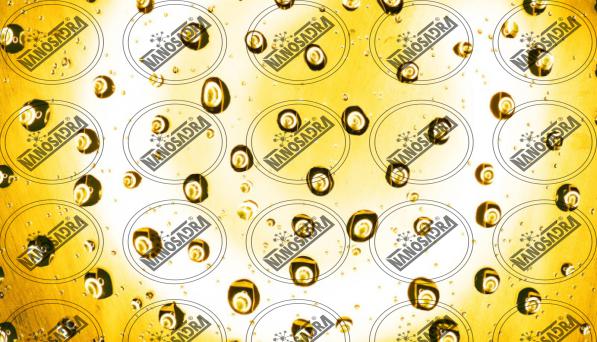
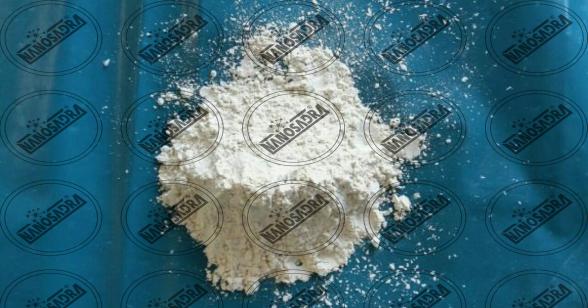

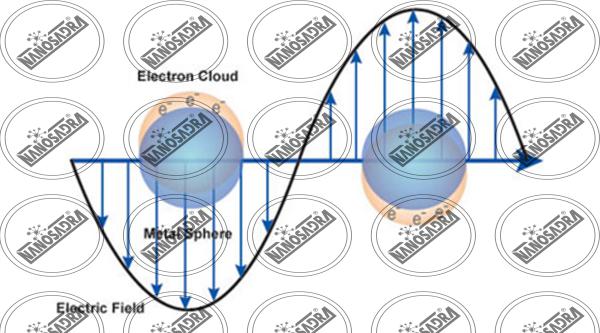
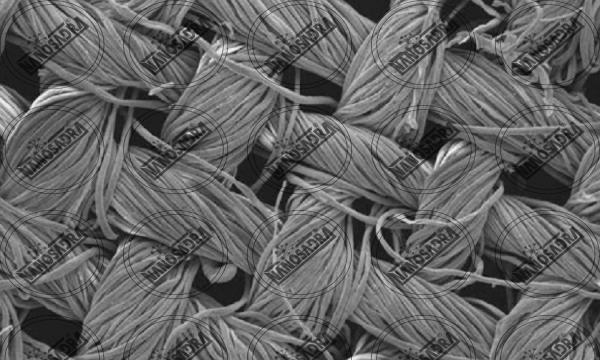
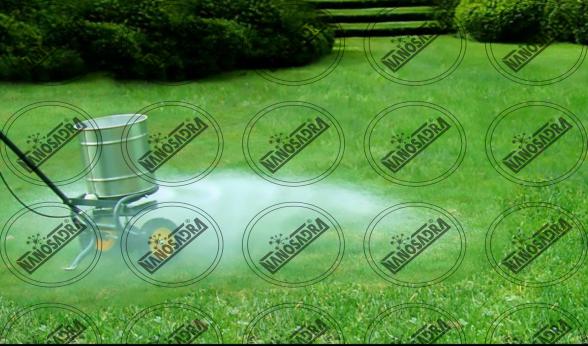
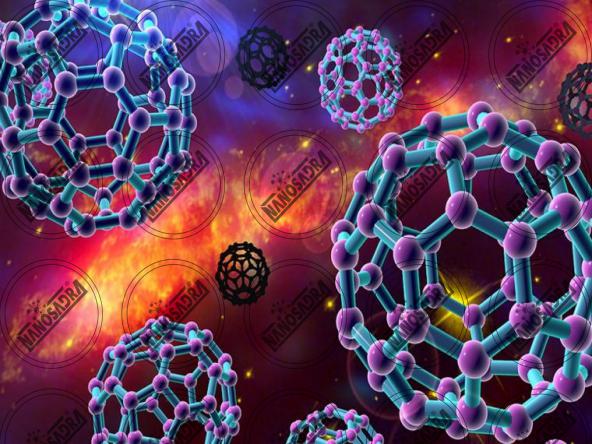
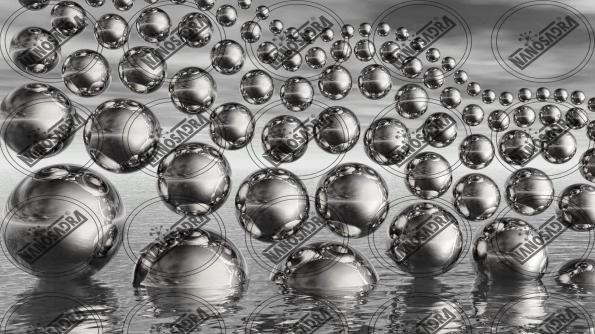
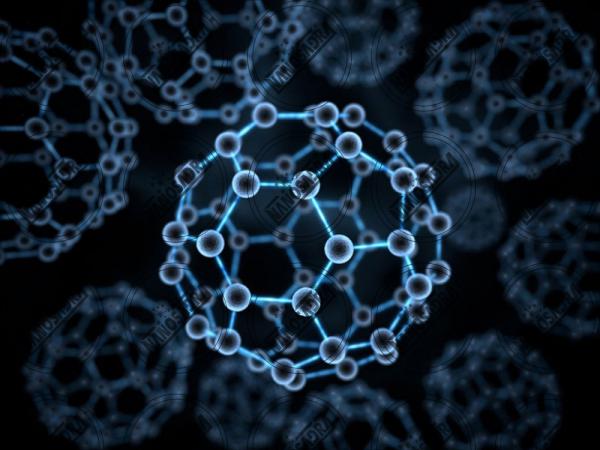
Your comment submitted.